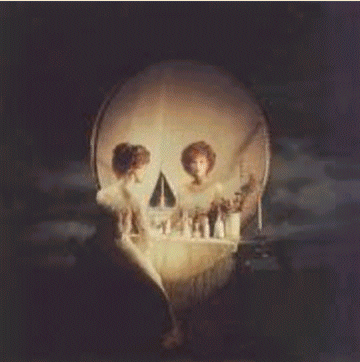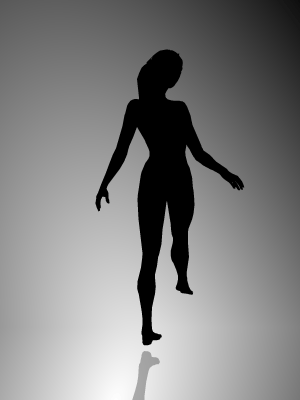Blivet:
An impossible object, it appears to have three cylindrical prongs at one end which then mysteriously transform into two rectangular prongs at the other end.
This blivet portrays two irreconcilable perspectives at once, creating a "lost" layer between the top two rods, and an impossible extra, vanishing rod in between the bottom two.
Impossible object
A variation on the 2 or 3 prong image, inspired by the work of Walter Wick, who managed to photograph his version using a partially reflective piece of glass and very careful lighting to create the illusion.
An impossible figure
- Andreas Aronsson is a professional IT technician by day and an awesome optical illusion artist at night:
- He made this cleverly drawn "impossible figure" that at a glance look perfectly fine, but upon closer inspection will give your mind some sort of a Twilight Zone moment.
Necker Cube
The Necker Cube is an ambiguous line drawing
impossible cube on the right
Is the blue wall in the block or on the block? Is it the back wall or the side wall?
Rotation direction
In which direction does it spin?





















































